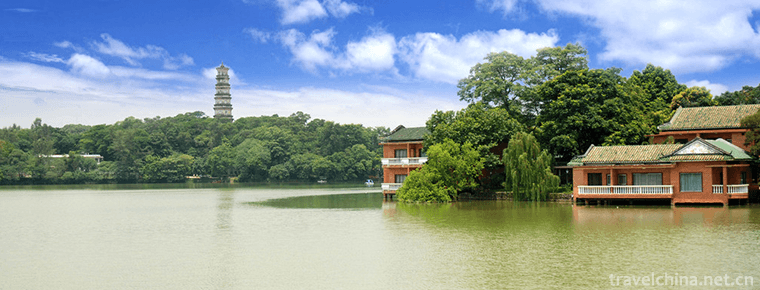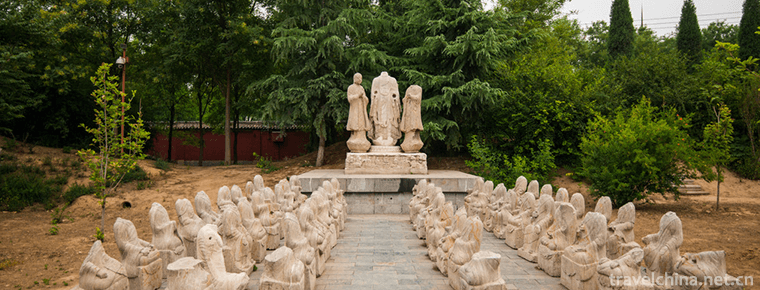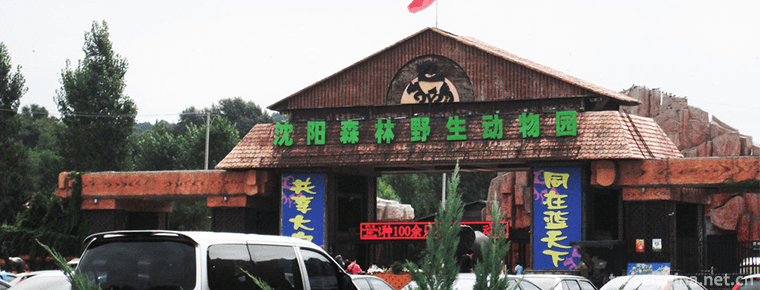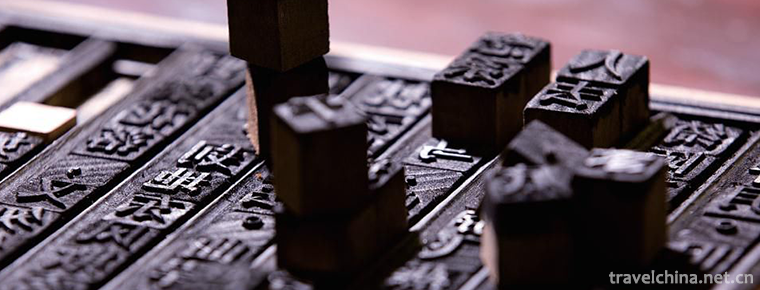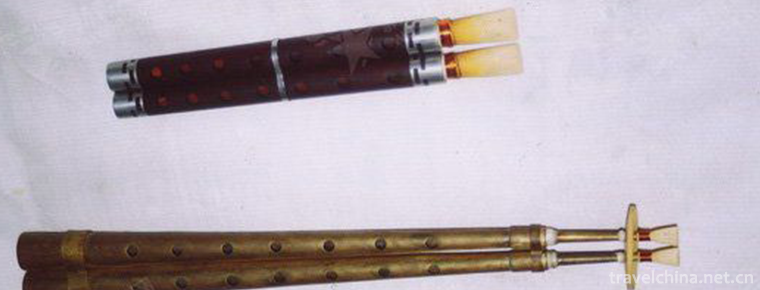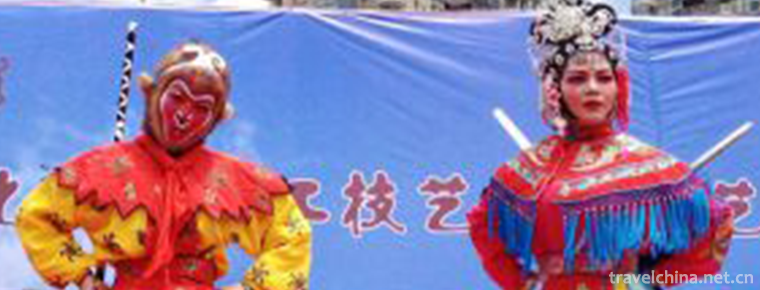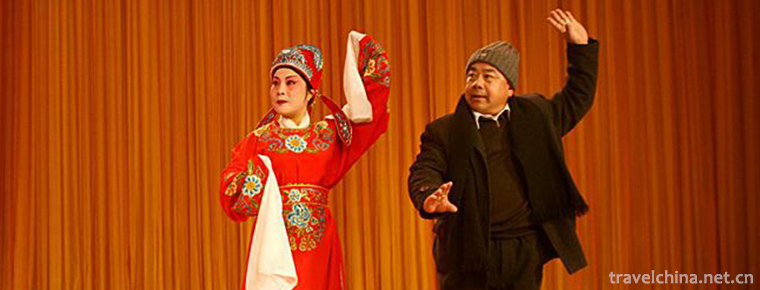Nuuziz Festival
Nuuziz Festival
The word "Nuruzi" comes from the ancient Iranian language and means "spring rainy day". On March 21 of each year, like the Spring Equinox, it means the arrival of spring. Uygur, Tajik, Tatar, Kazakh and Uzbek minorities celebrate Noruzi Festival in various forms such as singing, dancing and acrobatics every year.
On May 23, 2011, the "Noruzi Festival" declared by Tacheng District of Xinjiang Uygur Autonomous Region was listed in the third batch of national intangible cultural heritage list with the approval of the State Council.
Origin of Festivals
Nozuz Festival originated in Central Asia and has a history of at least three thousand years. People who used to live nomadic and semi-nomadic life will celebrate the beginning of a new life with this traditional festival when the ice and snow melt, the grass and trees turn green, and livestock give birth to their offspring. On this day, people will hold various celebrations to wish them peace and happiness, prosperity and plentiful harvest in the new year.
The ceremony of "Noruze Festival" begins after the dawn of the festival. On the day of the festival, the parents of each family got up first, burned a pile of pine and cypress branches in the middle of the house, and turned the smoking branches around each person's head, wishing them peace and happiness. Then, parents take smoking pine branches to the entrance of the livestock pen, let the herd pass through the smoke, pray that the livestock will be fat and strong, and breed quickly.
According to tradition, the most important thing on the day of Noruze Festival is to cook "Noruze rice". People put nine kinds of grains, nine kinds of vegetables and various spices into a big pot in the open air to boil thick porridge. "Noruzi rice" means not only remembering bitterness and sweetness, but also wishing five grains a prosperous life and six animals a prosperous life. After Noruze Festival, the busy spring farming began.
Festival activities
There will also be grand activities around Xinjiang to welcome the arrival of spring. Kirgiz people dressed in festival costumes will play the Kumzi (three-stringed piano) and dance traditional dances imitating the flying movements of falcons. There are also many Kirgiz traditional sports games, such as Srichenchek (Kirgiz swing game), Upayi (sheep abduction game), Bitihali (poker game), Bishtash (five stones game) and other ethnic-specific programs.
Inheritance and Protection
On May 18, 2010, the Ministry of Culture of China announced the third batch of national intangible cultural heritage list of recommended projects (new entries). The "Noruzi Festival" declared by Tacheng District of Xinjiang Uygur Autonomous Region was selected as the intangible cultural heritage in the category of folk items.
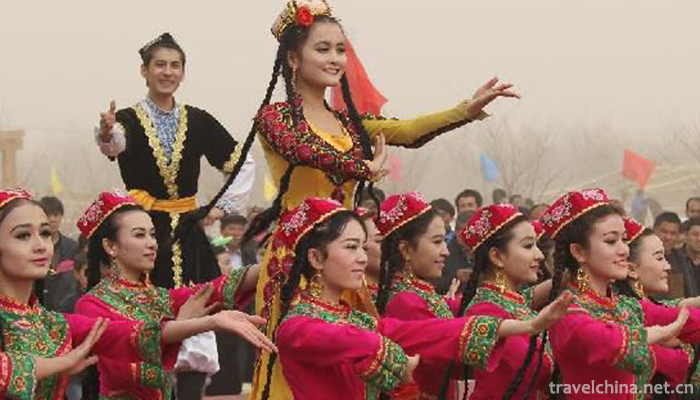
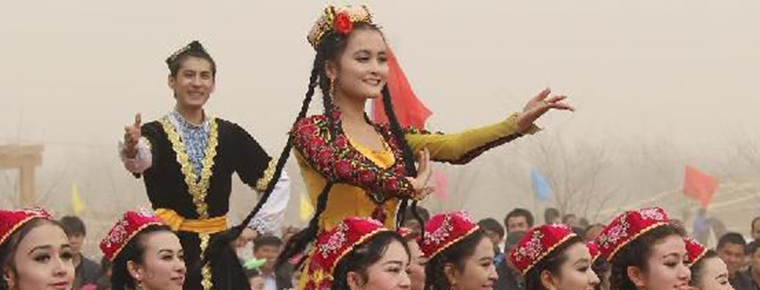
Nuuziz Festival
-
Oyster omelet
Oyster fry is a common home dish, which originated in Quanzhou, Fujian Province, and is one of the classic traditional snacks in southern Fujian, Taiwan, Chaoshan and other regions.
Views: 288 Time 2018-11-02 -
The Oriental Pearl Radio & TV Tower
The Oriental Pearl Radio and Television Tower is one of the landmark cultural landscapes in Shanghai. It is located in Lujiazui, Pudong New Area, with a height of 468 meters
Views: 623 Time 2018-12-05 -
Huizhou West Lake Scenic Spot
Huizhou West Lake scenic area is located in the central area of Huicheng in Guangdong Province, Southeast of Huizhou City, consisting of West Lake and the Red Lake, a total area of 20.91 square kilome
Views: 132 Time 2018-12-12 -
Longxing Temple
Longxing Temple, alias Dafo Temple, is located in Dongmenli Street, Zhengding County, Shijiazhuang City, Hebei Province. It was originally Longteng Garden of Yanmu Rongxi after the Eastern Jin Dynasty
Views: 189 Time 2019-02-06 -
Shandong Zhisheng Tangquan Tourist Resort
Shandong Zhisheng Tangquan Tourist Resort is located in Linyi City, Shandong Province. It is invested and constructed by Shandong Chenshi Home Estate Co., Ltd.
Views: 431 Time 2019-02-08 -
Shenyang Forest Wildlife Park
Shenyang Forest Zoo is a state-level forest wildlife park approved by the State Forestry Administration and the Ministry of Construction. Located in the Chebanshan International Scenic Tourism Develop
Views: 122 Time 2019-02-08 -
Wood movable type printing technology
Dongyuan Village is located in the southwest of Ruian City, Zhejiang Province. According to the local "Wang's genealogy of Taiyuan County", in the early Yuan Dynasty, Wang Famao, a hermit in
Views: 141 Time 2019-06-06 -
Sheng Guanyue
The term "Sheng wind music" is not only a popular name in Chinese folk, but also a scientific name in the current academic circles. It refers to the orchestral performance form consisting of
Views: 158 Time 2019-06-14 -
Suzhou opera
On June 7, 2008, Hangzhou and Shaoxing City of Zhejiang Province jointly declared "Spring Spring Spring Spring Packing" which was approved by the State Council to be included in the second b
Views: 403 Time 2019-06-18 -
Yihuang Opera
Yihuang Opera, formerly known as Yihuang Ban and Yihuang Diao, is one of the national intangible cultural heritage in Yihuang, Nancheng, Nanfeng and Guangchang counties of Jiangxi Province, as well as
Views: 348 Time 2019-07-12 -
Anhui University
( Anhui University For short, "anda" is located in the provincial capital. Market It's the state. "Double First-Class" initiative "World class discipline construction," M
Views: 207 Time 2019-10-04 -
Laojunshan scenic spot in Pingshan County
Laojunshan scenic spot in Pingshan County is a provincial scenic spot approved by the people's Government of Sichuan Province. It is located on the southern edge of Sichuan Basin and is located on the arc-shaped tourism line of Chengdu Emei
Views: 175 Time 2020-10-16


